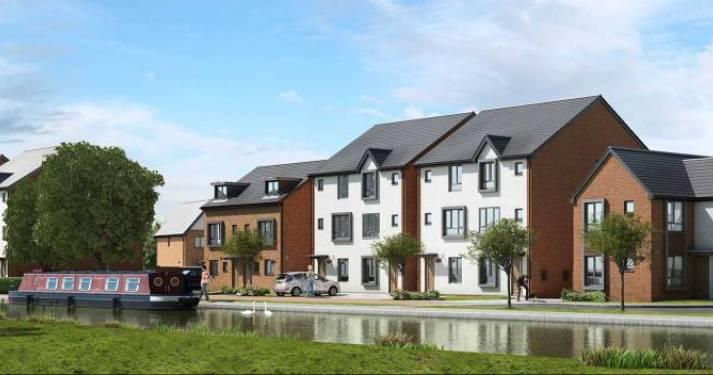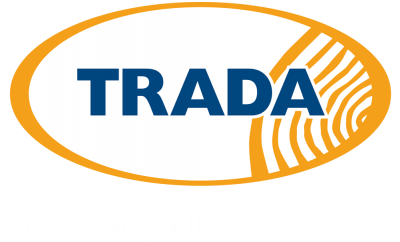3 March 2015 - South Lanarkshire Council issue Scottish Type Approval for 10 House Types for Keepmoat Housing
Building (Scotland) Act 2003 SCOTTISH TYPE APPROVAL SCHEME [STAS]: 10 House types (including variations)
I refer to your application for a Type Approval Certificate for a Domestic Type Approval under the STAS dated 8 December 2014 for 10 House Types (including variations) proposed for assessment and approval under STAS.
These have now been approved by the Lead Authority, South Lanarkshire Council on 20 February 2015 under the following references. Balmoral; Blair; Braemar; Buchanan; Fyvie V1; Fyvie V2; Glamis; Huntly; Roxburgh; Stirling
These certificates must also be read with the conditions specified under Sections C, D and E of each certificate.
The certificate, plans and documents referred to have been approved under the STAS and are applicable only in Scotland in terms of the Building Standards (Scotland) Regulations and will remain valid until the Local Authority Building Standards Scotland or their successors render the certificates invalid.
Please note:
1 This certificate does not affect or remove the need for a building warrant application, incorporating this Type Approved Building Element, or a building warrant fee, to be submitted to any of the Scottish Local Authorities.
2 If the applicant wishes to amend the plans or information identified in this certificate when they submit future applications for a building warrant this may be dealt with locally as part of the local authority building warrant process. This would be the normal course of events unless they wish to replace the above building element type by another design which would prompt the need for a new / replacement type approval.
3 Every effort has been made to carry out the assessment of adequacy in terms of the Building (Scotland) Regulations 2004 and the Building (Scotland) Act 2003 for the building element type referred to in this letter. You should, however, be aware that any Local Authority might determine that additional or alternative specifications should apply where site specific issues require them. This is particularly applicable to the exposure to driving rain index, depending upon location, and to structural and fire related matters.




Comments
Add new comment